May 13, 2020
Many Paycheck Protection Program (“PPP”) loan borrowers have been considering whether or not to return some or all of their loan proceeds on May 14th, the last day of the “Safe Harbor” period. On May 13, the United States Treasury (“Treasury”) and the Small Business Administration (“SBA”) released further guidance regarding the SBA’s review of a borrower’s good-faith certification concerning the economic necessity of their PPP loan request. The guidance, released in the form of FAQ #46, specifically addresses how the SBA will review the “economic necessity” certification for borrowers that receive PPP loans in amounts that are less than or greater than $2 million.
According to FAQ #46, any borrower that, together with its affiliates, received a PPP loan with an original principal amount of less than $2 million will be deemed to have made the required “economic necessity” certification in good faith. For borrowers with PPP loans in excess of $2 million, FAQ#46 notes that although these loans do not fall within the safe harbor, borrowers with these loans may still have an adequate basis for making the good-faith certification, based on their individual circumstances in light of the language of the certification and SBA guidance. Also, for a borrower with a PPP loan greater than $2 million, if the SBA determines in the course of its review that the borrower lacked an adequate basis for the required certification concerning the necessity of the loan request, SBA will seek repayment of the outstanding PPP loan balance and the borrower will not be eligible for loan forgiveness. However, so long as the borrower repays the loan after receiving notification from SBA, SBA will not pursue administrative enforcement or referrals to other agencies.
Under the CARES Act, borrowers that apply for PPP loans are required to certify in good faith “that the uncertainty of current economic conditions makes necessary the loan request to support ongoing operations of the eligible recipient.” To ensure PPP loans are limited to eligible borrowers in need, the Treasury and the SBA announced in guidance dated May 5, 2020 (FAQ#39) that the SBA would review all PPP loans in excess of $2 million, in addition to other loans as appropriate, following the lender’s submission of the borrower’s loan forgiveness application.
As noted in our prior Murtha Cullina Client Alert, the SBA announced that it would permit borrowers who determined that they could not make the economic needs certification in good faith to withdraw their PPP loan application or return the PPP loan proceeds by May 14, 2020 without the imposition of any penalties. While the newly-issued guidance is helpful for borrowers with loans under $2 million, the Treasury and SBA have not yet provided any additional guidance to assist PPP applicants in evaluating whether they can make the “economic necessity” certification in good faith. This means that borrowers should still assess their individual circumstances as well as the factors highlighted in FAQ#31, which requires borrowers to take into account their current business activity and ability to access other sources of liquidity sufficient to support ongoing operations in a manner that is not significantly detrimental to the business.
If you have any questions regarding the Paycheck Protection Program, your eligibility to apply for a PPP loan or how a PPP loan might affect your business, please contact:
Connecticut: Marc T. Finer, Tax & Corporate Partner, at 860-240-6096 or mfiner@murthalaw.com
Massachusetts: Mark J. Tarallo, Corporate Partner, at 617-457-4059 or mtarallo@murthalaw.com
![]() tax_business_treasury_sba_announce_added_protections_for_borrowers_who_make_goodfaith_economic_necessity_certification_under_the__paycheck_protection_program.pdf
tax_business_treasury_sba_announce_added_protections_for_borrowers_who_make_goodfaith_economic_necessity_certification_under_the__paycheck_protection_program.pdf

